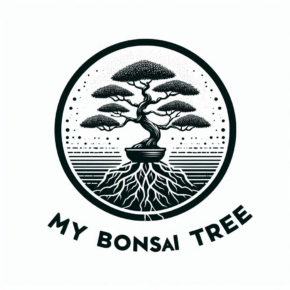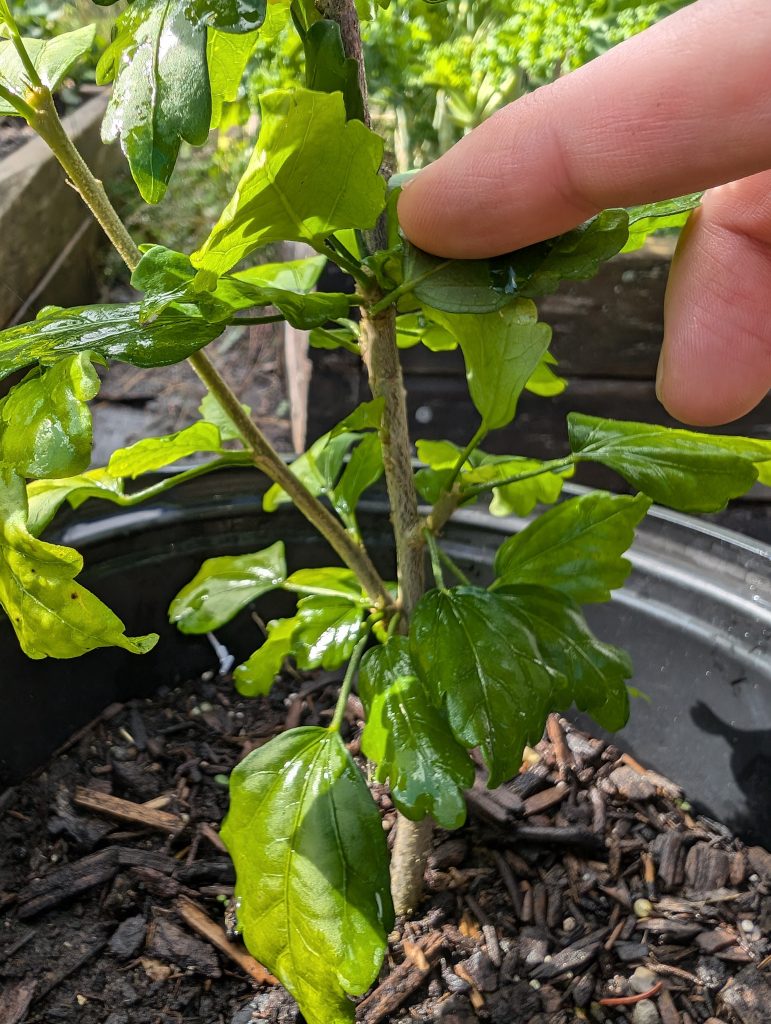The Rose of Sharon (Hibiscus syriacus) is a beautiful and resilient plant that can be transformed into a striking bonsai. Known for its delicate flowers and ability to thrive in various conditions, it offers a unique opportunity for bonsai enthusiasts to create a miniature tree that captures the essence of a classic hibiscus shrub. However, bonsai crafting requires skill, patience, and a deep understanding of the plant’s characteristics. Let’s explore both the beneficial and challenging aspects of turning a Rose of Sharon into a bonsai.
Beneficial Characteristics of Rose of Sharon for Bonsai
Beautiful, Colorful Blooms – One of the primary appeals of using the Rose of Sharon as a bonsai is its stunning flowers. This species produces large, vibrant blooms in shades of pink, white, purple, and blue, often with contrasting centers. As a bonsai, these flowers provide a visually striking element that can captivate any observer. The blooms give the bonsai a seasonal flair, making it a centerpiece of color and texture during the flowering period.
Hardy and Resilient Nature – Rose of Sharon is well-known for its hardiness and adaptability. It can thrive in various climates and is relatively resistant to pests and diseases, making it a good candidate for bonsai cultivation. This hardiness allows novice bonsai growers a little leeway in care, as the plant can recover from minor mistakes in pruning, watering, or environmental conditions.
Versatility in Styling – Rose of Sharon’s natural growth habit—upright with multiple branches—makes it highly versatile in terms of styling. Whether you prefer formal upright, informal upright, or even cascade styles, this plant offers flexibility. Its relatively fast growth means you can see quicker progress in shaping and developing the bonsai structure compared to slower-growing species.
Deciduous Nature and Seasonal Appeal – Another benefit is its deciduous nature, meaning it sheds its leaves in the fall. This characteristic provides a natural cycle of seasonal beauty: lush foliage and blooms in summer, bare elegant branches in winter. This cyclical change can enhance the visual appeal of your bonsai throughout the year.
Challenges Characteristics of Rose of Sharon for Bonsai
Prone to Large Flowers and Leaves – One of the primary challenges with the Rose of Sharon is its tendency to produce large flowers and relatively large leaves, which can make it difficult to maintain the delicate proportions characteristic of bonsai. While the flowers are beautiful, they can sometimes overwhelm the miniature tree’s appearance. Reducing leaf and flower size through careful pruning and selective fertilization is essential but can be time-consuming and tricky to master.
Fast Growth Means Constant Maintenance – While its fast growth is beneficial in terms of shaping, it also means that a Rose of Sharon bonsai requires frequent maintenance. The plant will need consistent pruning to maintain its desired shape and prevent it from becoming leggy or overgrown. Without regular attention, it may lose its bonsai form quickly, making it challenging for those who may not have the time or patience for regular upkeep.
Vulnerability to Root Rot and Overwatering – The Rose of Sharon is particularly sensitive to overwatering, and its roots are prone to rot if left in soggy soil. As with most bonsai trees, proper drainage is critical, but the challenge is heightened with this species due to its specific water needs. Ensuring that the bonsai’s soil remains evenly moist but not waterlogged can be a delicate balancing act.
Susceptibility to Cold Damage – Although hardy in many climates, Rose of Sharon can be vulnerable to cold damage, especially when grown in a bonsai container where the roots are more exposed to temperature fluctuations. Winter protection is necessary for those growing this species in colder climates. This might involve bringing the bonsai indoors or providing sufficient insulation, which can be logistically challenging for larger or more established bonsai.
Conclusion
Creating a bonsai from a Rose of Sharon offers both significant rewards and notable challenges. For those drawn to vibrant blooms and a hardy plant that offers visual interest year-round, it can be a fantastic choice. However, its fast growth, large flowers, and particular care requirements make it more suited for those with some bonsai experience or a willingness to learn the intricacies of the craft.
If you’re looking for a bonsai that offers seasonal beauty, resilience, and dynamic growth, the Rose of Sharon can be a wonderful and fulfilling project. But be prepared to commit to regular pruning, careful watering, and seasonal protection to keep your bonsai healthy and thriving for years to come.
Are you growing a Rose of Sharon bonsai? If so, please share your comments, pictures, and questions in the comments below!

